Electronics and biomimicry make textiles come to life, transforming what would have been an everyday experience of apparel and objects into something special. Analog devices can be digitized and connected to each other through software that makes them work with each other. And the application of 3D printing to create sophisticated products for the home is challenging the supply chain norms. Welcome to a new world of tech-enabled everyday stuff.
- OTHR, NEW YORK
- THE FABRICK LAB, HONG KONG
- DIGITALSTROM, ZURICH
3D printing — the process in which successive layers of material are formed under computer control to create an object -- has become increasingly accessible in recent years. And as a result, the technology has been responsible for a range of bizarre objects from plastic Yoda heads to fake meat to precise replicas of Egyptian-era hairstyles.
But not everyone is using it for the sake of novelty. New York-based design studio Othr uses 3D printing to create sophisticated products for the home and the brand is disrupting supply chain norms in the process.
The company is barely a year old — Joe Doucet, along with his two co-founders Dean DiSimone and Evan Clabots, launched Othr during New York Design Week in the spring of 2016. And yet the studio has already released dozens of products at a rate of one every two weeks. “It’s an unheard of rate, but this is also one of the benefits of [3D printing] technology; very truncated development times,” Joe Doucet says.
But the rate of product releases is only one part of what makes Othr different from traditional studios. The company is also designer-focused and the founders begin not with a particular product in mind, but by identifying a talent they would like to work with. (Early collaborators included design heavyweights Claesson Koivisto and Sebastian Bergne). And they are not limited by geography; via Skype the founders can work with designers from around the world.
So far, designers have been receptive and eager to learn more about the technology. “Most of them don’t even know you can 3D print porcelain and precious metals,” says Evan Clabots.
Indeed, the technology is changing so fast that product designers are often unaware of the latest advances. The founders at Othr, however, have become defacto experts in the field. They now know which manufactures and processes are best for which designs and they are constantly pushing the limits of what 3D printing can achieve, particularly when it comes to materiality.
Othr prints objects in steel, precious metals and porcelain and their products are striking both for their engineering and their tactility. The Ipseity Wall Hook, which is printed in polished bronze, features an intricate thumb-print-like pattern and is remarkably lightweight, as is the Ico Bottle Opener, a geometric frame made of printed bronze that opens bottles on each of its 17 sides. When not in use, the Ico becomes a beautiful decorative object for the bookshelf or tabletop.
What becomes apparent upon closer inspection is that none of the products could have been made as castings. “All of our designs could not be made with traditional methods, says Clabots. “The idea is to use materials for forms you couldn’t imagine before.”
Since Othr’s objects don’t physically exist until somebody buys the company is also able to operate with a minimal footprint, and this was appealing for Doucet. “There are more chairs than people in the world,” he says. “The world doesn’t need another design brand. But this allows us to bring more great designs with almost not environmental impact”.
It also means that each product is unique, and the first person to buy an item will find it is physically imprinted with the number 0001 and comes with a handwritten certificate verifying the number and date of fabrication. The way Othr sees it, the pieces are 21st century heirlooms. “We are trying to create the first icons of the third industrial revolution,” says Doucet. It’s an ambitious goal, and only time will tell.
- OTHR, NEW YORK
- THE FABRICK LAB, HONG KONG
- DIGITALSTROM, ZURICH
The Fabrick Lab, Hong Kong
Can fabrics have a life of their own? In the hands of Elaine Ng Yang Ling materials seem to be capable of almost anything. Since founding her Hong Kong studio in 2013, Elaine Ng has become known as a ‘tech fairy’ who brings together textiles, electronics and biomimicry for cutting-edge interiors, installations and fabrics that dance.
Ng studied Textile Futures at Central Saint Martins in London and worked as a materialologist with Nissan Design Europe and Nikon in Beijing before founding The Fabrick Lab, a studio she describes as an ‘idealogical lab’. “As dreamers we realize our concepts through materialization,” she says.
The success of her projects rests on a cross pollination of ideas -- the Fabrick Lab has worked in partnership with scientists, botanists, engineers and technologists to develop innovative materials. For Climatology, her decorative smart textile series, Ng studied how various natural fibers respond to moisture. She then created a ‘smart veneer’ laminate material and thermochromatic lacquer coating that mimic the natural process by curling, expanding or shrinking with changes in moisture, heat and light.
“With this particular material, I wanted to highlight the cleverness of the invisible powers of nature and the ‘technology’ of the natural material itself,” she says.
In 2016 Ng created Sundew for Swarovski, a kinetic crystal installation shown Art Central in Hong Kong that mimics the exotic sundew, a carnivorous plant that attracts its prey with scent and reflected light. The responsive, twisting, lantern-like shapes of the installation were constructed from a variety of light, flexible materials, including Ng’s own non-woven textiles fused with Swarovski Crystal Fabric (approximately 20 million crystals). “We investigated and tried to use the bond between the crystal and the textile to enhance the strength, so it can withstand the constant twists and turns,” Ng says.
For her most recent project, a collection for Italy’s Sudioart, Ng studied repetitive patterns found in nature and recreated them through a set of wall coverings. The collection aims to create an immersive experience through volume, tactility and illusion, and each of the products, “Hyperreal”, “Vector” and “Parallel” refer to mathematical concepts.
While technological advances have influence Ng’s projects, she says changes to the way design communities source and share information have also impacted her work. In particular ‘open source’ development helped in her transition from the UK to China. “When I first moved to Beijing from London I was greatly benefited by Beijing Maker Space,” Ng says. “The founder shared their community resources with me, so I could find engineers quickly. This enabled me to able to continue my electronics work even though I was in a completely new environment didn’t know anyone from the city.”
In the spirit of giving back to the community Ng has also spearheaded Un/fold, with support from Hong Kong’s Design Trust, a project that seeks to create new opportunities for the traditional artisans of Guizhou province. Together with the villagers she has launched a range of lifestyle products including scarves, squat wooden stools and hexagonal wooden wall tiles, all of which are decorated with batik patterns.
- OTHR, NEW YORK
- THE FABRICK LAB, HONG KONG
- DIGITALSTROM, ZURICH
Digitalstrom, Zurich
When people think of ‘smart homes’ they often think of automated blinds or lights with motion detectors. But the Switzerland-based company Digitalstrom takes a more comprehensive view and specializes in the complete digital transformation of the home. “We pay attention to how things work together,” says CEO Martin Vesper.
Through the company’s platform, analogue devices are made digital and then connected to each other via software that orchestrates their interaction. “For example, we can make sure the music stops when someone rings the doorbell,” Versper says. “We also give the devices additional abilities. We can set up a kettle that responds to voice command and allows you to select the temperature of the water.”
Since the system is designed for the home, a focus on user experience was vital, and the platform responds to the instinctive habits of home dwellers via simple-push buttons, voice recognition and motion detection. “It’s our responsibility to understand the customer and design around his habits,” Vesper says.
Retrofitting analogue systems to digital is done via electrical wiring, and Digitalstrom is currently limited to countries that use 220-240 volts (this includes Europe and most of Asia.) But otherwise, the transition is relatively seamless. Many users will start with individual features like digitized lighting and blinds and build their platform from there. Some may already have audio-visual systems like Sonos installed, which can be incorporated into the platform.
As today’s technologies roll out at an increasingly frenetic pace, Mr. Vesper and his team keep a keen eye on how they may be integrated and connected through their system. Recent developments in cognitive services like voice and image recognition, for example, have already been incorporated. Hold your hands under the tap and a camera linked to Microsoft’s cloud service for image recognition allows the sink to see your hands and give you water at a pleasant, hand-washing temperature. Hold a cup under the sink and it will fill with cold water, stopping automatically when it’s full. “It’s about the meaning of the camera in combination with the water tap,” explains Martin Vesper.
His own home has undergone a complete digital transformation and he can easily make things happen by simply “talking to” his house, he says. “When I make tea, I don’t have to get up twice.”
Safety is another perk. Facial recognition can be used to identify houseguests as a security feature. The platform is also able to detect abnormalities such as water or gas leaks in the home and in the event of a fire, Digitalstrom can program extra features such as instructions for children that sound over the home speakers when the alarm goes off.
Does the idea of a fully digitized home make some people uneasy? Sure, but Mr. Vesper says it’s a matter of presentation. At CES, the world’s largest consumer electronics show, Digitalstrom recently unveiled a robot that provides cognitive services through customer interaction inside the home. “People think the robot is cute,” says Vesper. “But take the same functionality -- two web cams and a microphone -- and put them in a room and people will say ‘no way, I don’t want that’.






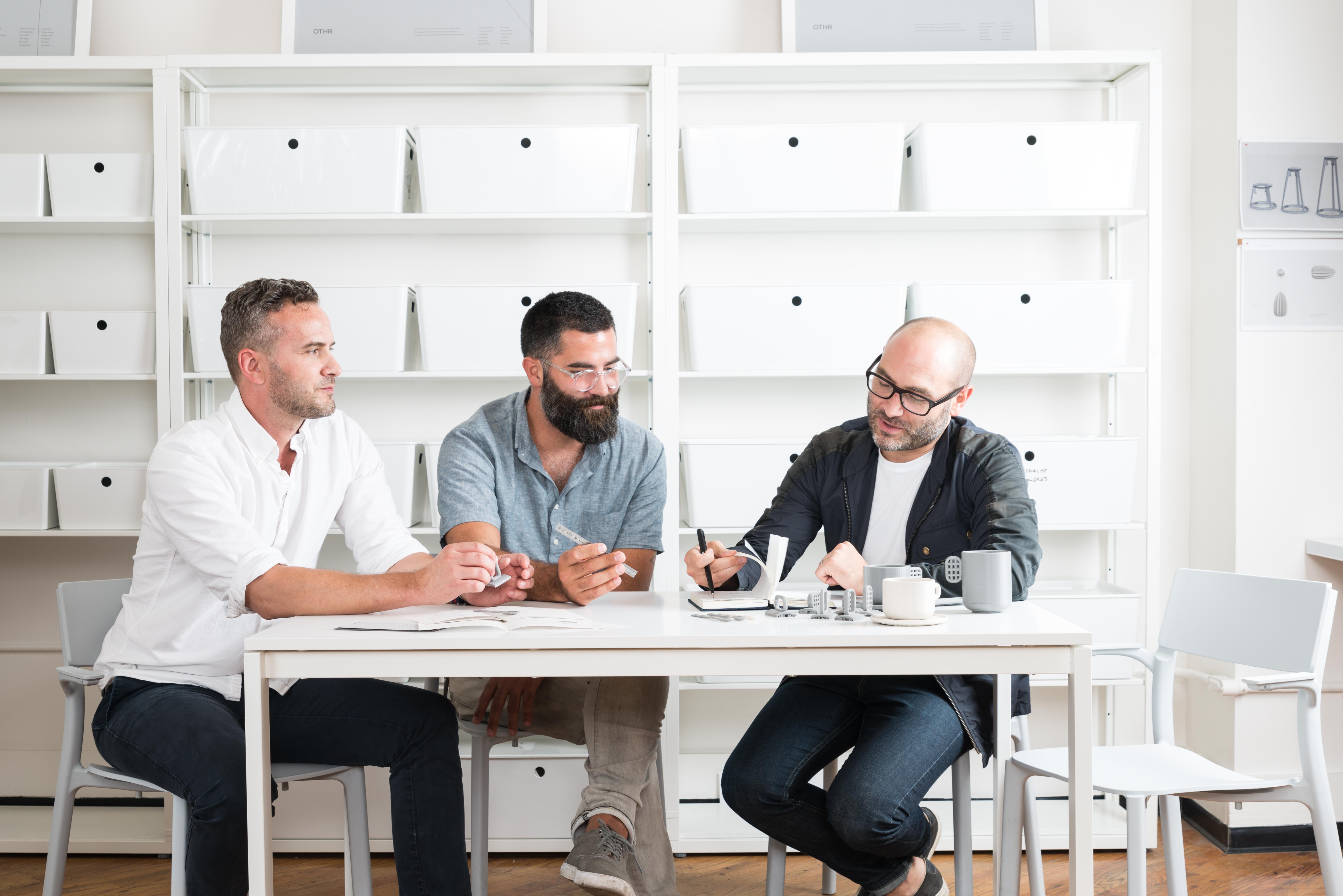


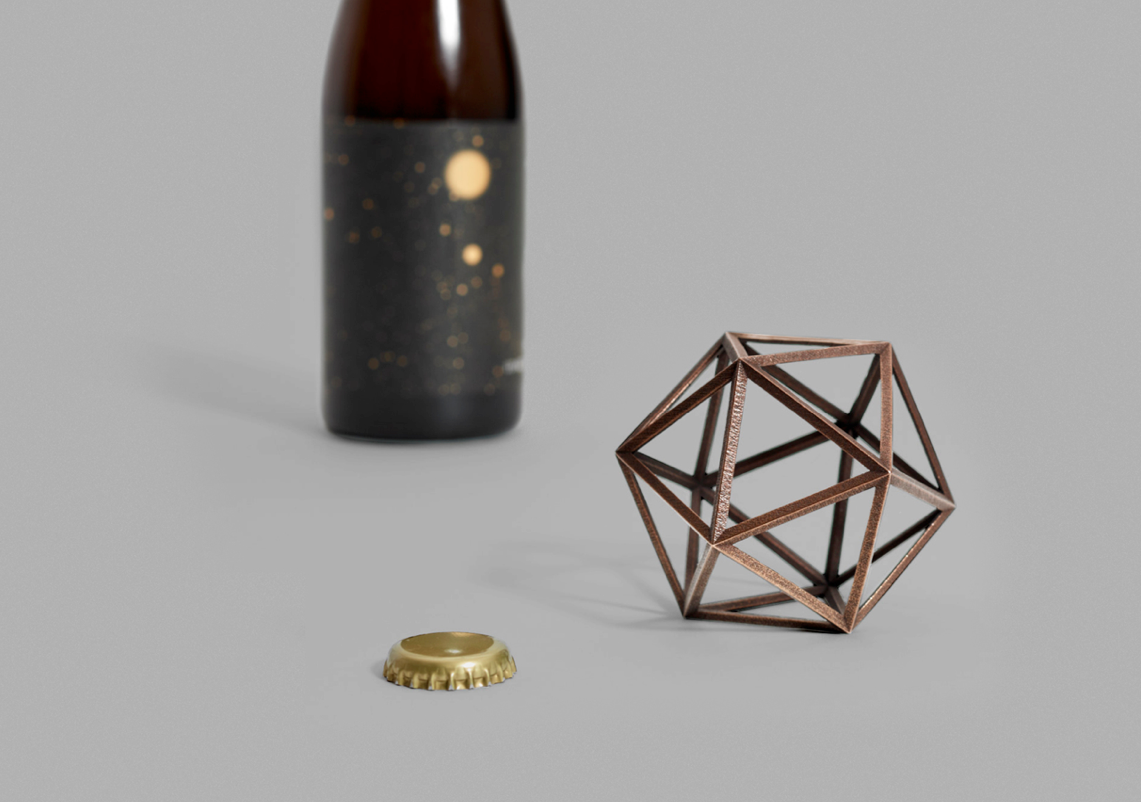
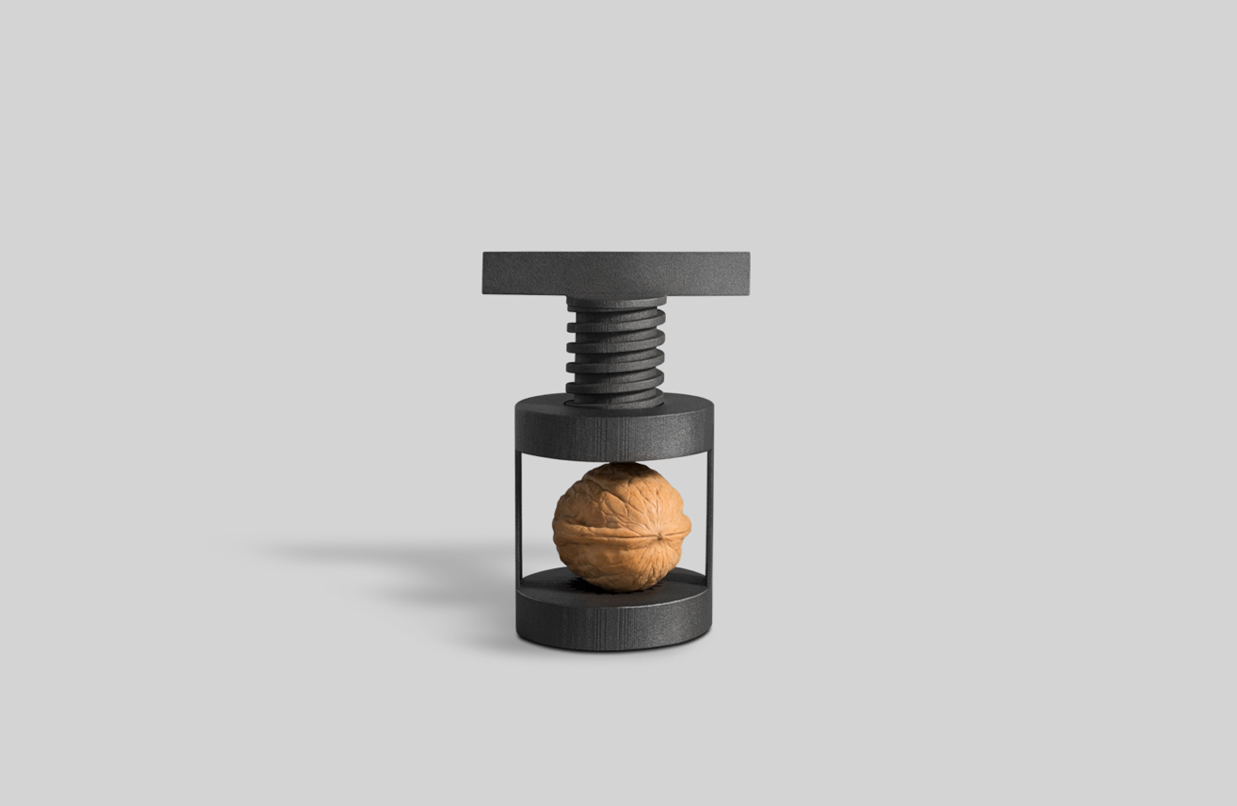


.jpg)


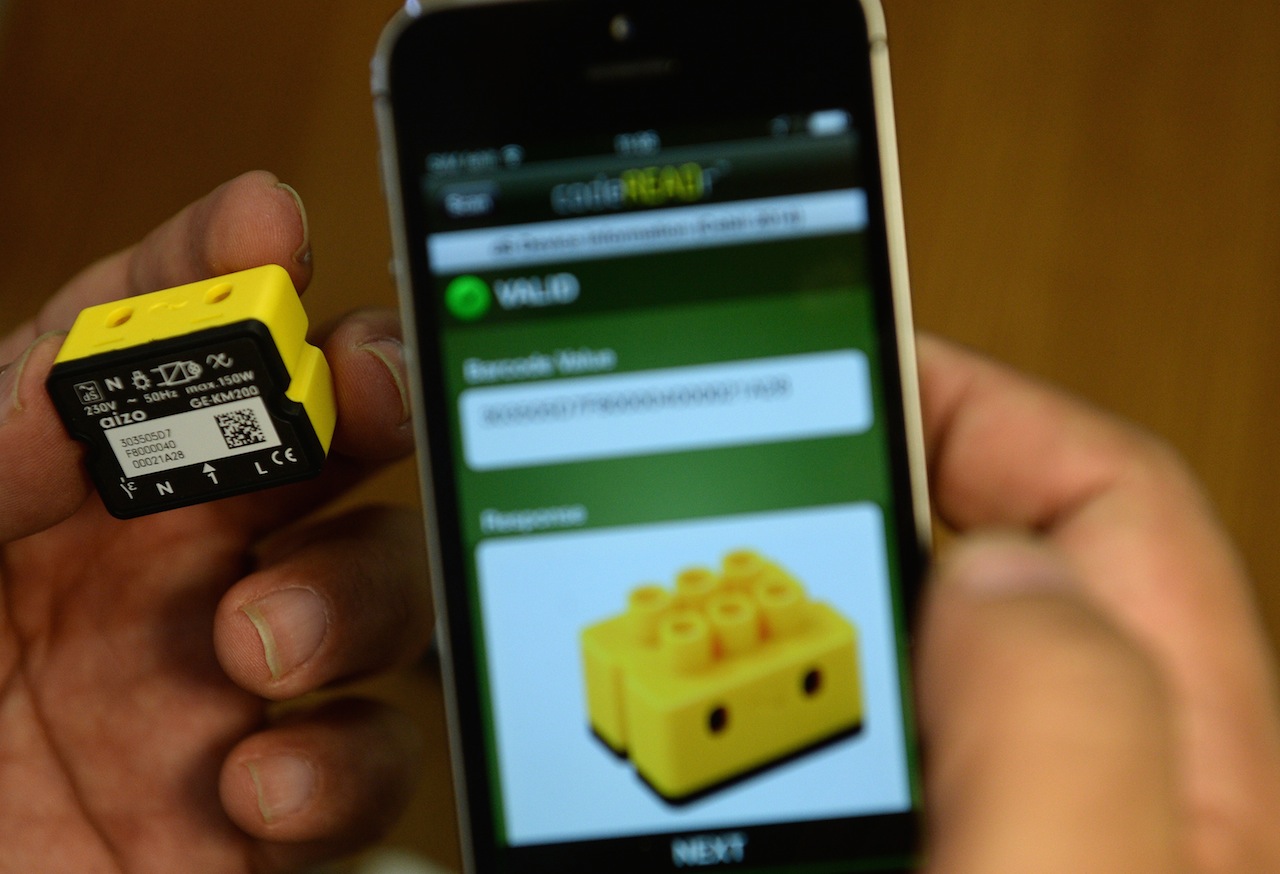



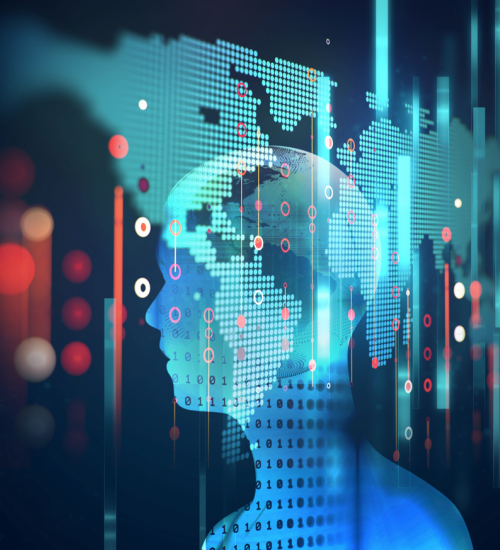
 Back
Back
